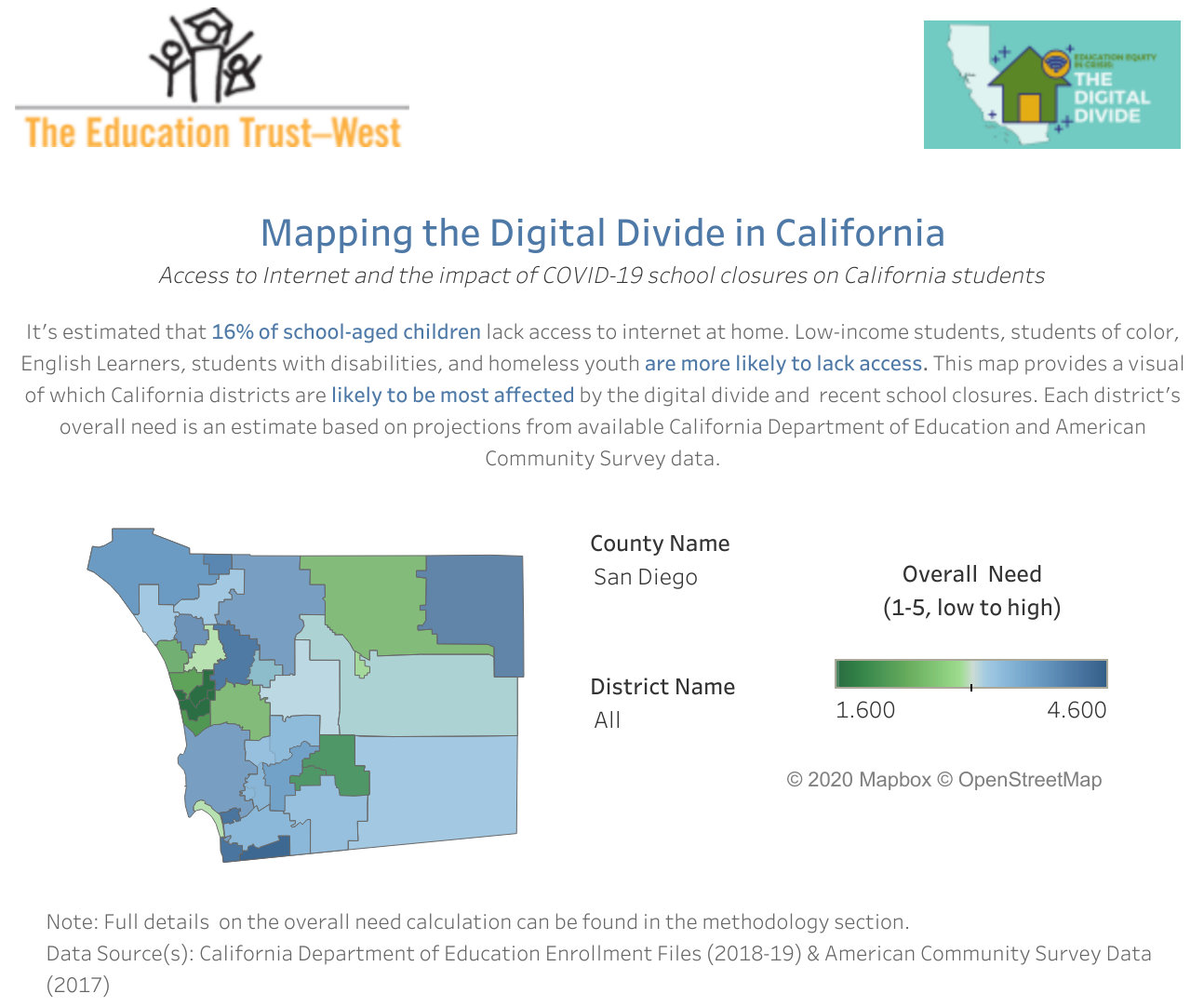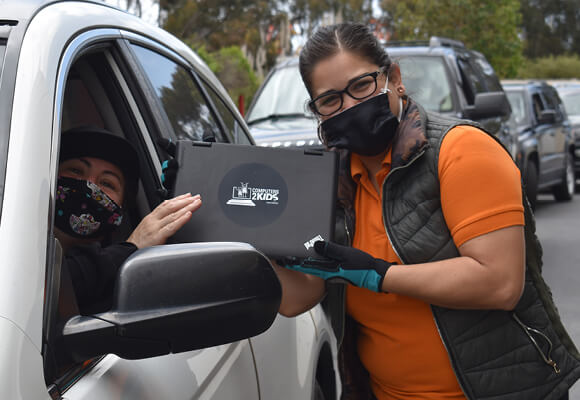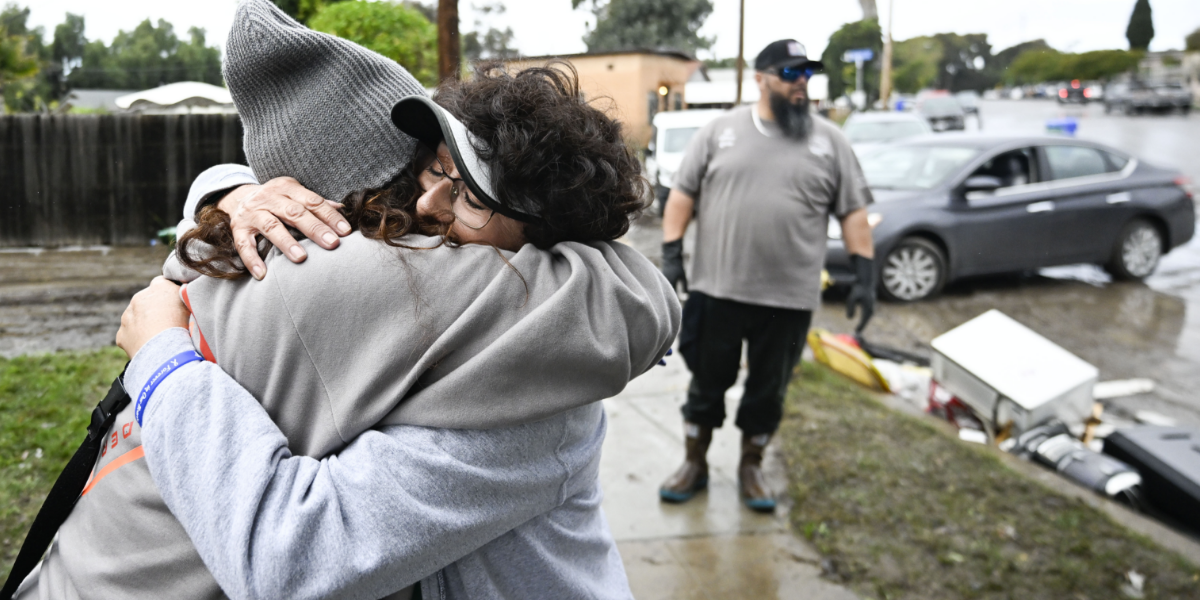It’s not surprising the term “digital divide” has entered more of our vocabularies in recent months.
The coronavirus pandemic has made distance learning a norm, spotlighting the gap between individuals who do and do not have access to technology devices and high-speed internet.
But while many have a general idea of what “digital divide” means, if you ask 20 people in a room to define it, you may get 20 different answers.
So that begs the question, what is the definition of digital divide?
Collectively understanding this term at its most basic level can help us work smarter in addressing how to bridge the digital divide for low-income communities and communities of color.
Digital Divide Definition
The definition of the digital divide has evolved throughout the last 30 years.
Initially, high costs of computers created a natural barrier between those who could and could not afford one – and all the advantages that came with owning one. But as the cost of computers has dropped and more people are gaining basic access to technology devices, the digital divide has evolved to take on an added meaning.
In 2006, Jakob Nielsen, Ph.D. notably categorized the digital divide into three stages:
- Economic Divide
- Usability Divide
- Empowerment Divide
This laid the groundwork to the more holistic definition of the digital divide that we use today.
According to TakingITGlobal, the digital divide now encompasses the ability, both technical and financial, to make full use of the technology available, taking into consideration access, or lack of access, to the internet.
The focus of the digital divide has shifted from access to computers and smartphones to inequity between those who have more or less bandwidth and more or less skills, also known as digital literacy.
How does the digital divide impact society?
The digital divide has its most direct impact on K-12 students in communities of color, which can lead to long-term negative consequences.
Without access to high-speed internet or adequate digital skills, remote students face major challenges in learning. According to 2021 Pew Research, roughly six-in-ten adults living in households earning $100,000 or more a year (63%) report having home broadband services, a smartphone, a desktop or laptop computer and a tablet, compared with 23% of those living in lower-income households.
This gap has been compounded by the pandemic.
Locally, as many San Diego schools have adopted distance learning during the COVID-19 crisis, existing gaps in digital literacy may lead to lifelong impacts in learning loss and economic well-being at disproportionate levels if action is not taken to bridge the digital divide, according to a recent McKinsey & Company report.
The study finds that low-income communities who experience “learning loss and higher dropout rates [during the pandemic] are not likely to be temporary shocks easily erased in the next academic year… They may translate into long-term harm for individuals and society.”
McKinsey estimates a GDP loss of $173 billion to $271 billion per year by 2040 if learning gaps aren’t addressed.
Lack of high-speed Internet access can negatively impact economic growth, household income, educational performance, healthcare access and employment searches. Access to information allows communities to prosper. The right of access to information and connectivity speaks to our prosperity as a region.
Examples of Bridging the Digital Divide
Nationwide, several federal, state, and local programs have worked to close the digital divide through investments in infrastructure, affordable broadband connections and devices and digital literacy training.
Locally, San Diegans are banding together to help bridge the digital divide during COVID-19.

The City of San Diego recently partnered with the San Diego Futures Foundation to help nearly 30,000 local households that do not have computers.
The City of Chula Vista voted unanimously to adopt a Digital Equity and Inclusion Plan to help ensure Chula Vista residents have affordable access to high-speed internet, as well as the skills and devices needed to use it.
The San Diego County Office of Education has begun helping families, many of whom live in South and East County, with internet solutions and devices for the school year.
And the San Diego COVID-19 Community Response Fund at The San Diego Foundation has provided more than $2.6 million in relief to nonprofits bridging the digital divide with computers and internet access and closing the gap of learning loss for Hispanic, Black and low-income students.
What action can you take? Click here to learn how you can help local nonprofits bridge the digital divide through the Community Response Fund today.




